Latest News
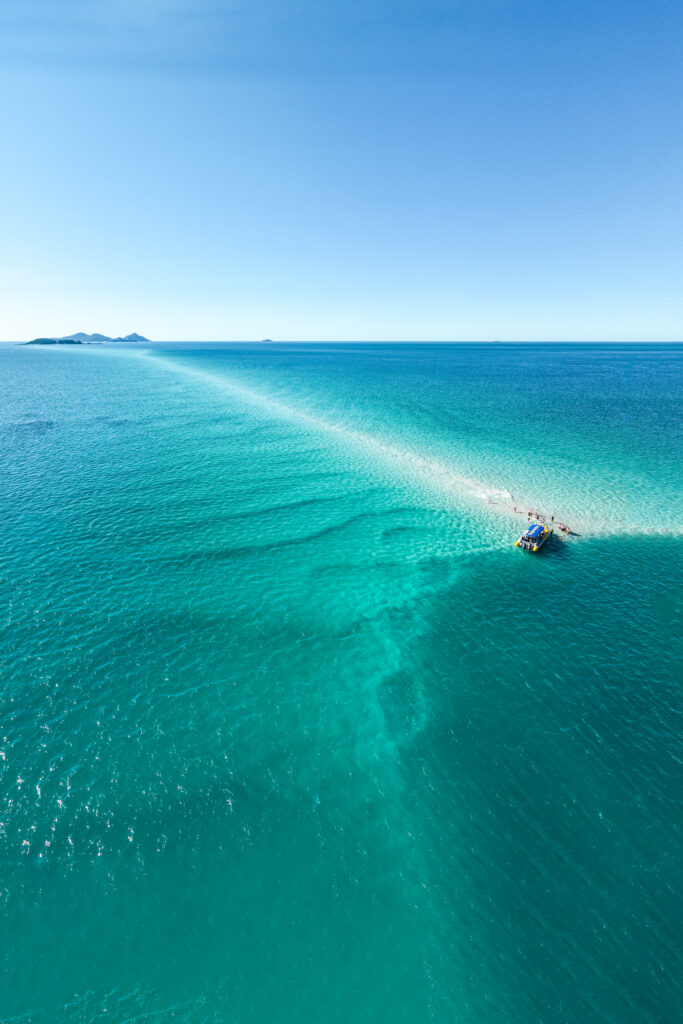
French Shoal – The hidden gem of the Whitsundays.
This week we were graced with some of the lowest tides of the year, fortunately for us, this coincided with some perfect weather and the team at Ocean Rafting were able to optimise some otherwise unreachable spots. Introducing French Shoal! This natural phenomenon is only exposed on the very lowest tide of the year. Hidden […]
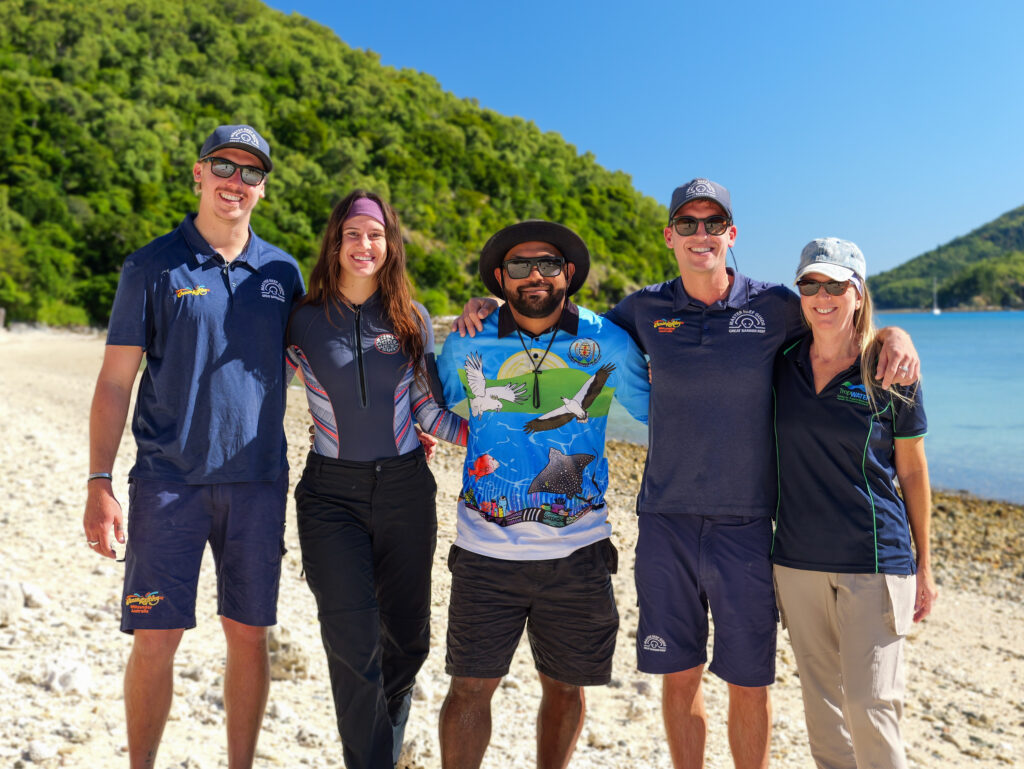
Protecting our Patch
At Ocean Rafting, protecting our patch is our mission. In David Attenborough’s words – “No one will protect what they don’t care about; and no one will care about what they have never experienced”. While we exist to share the beautiful Whitsundays and Great Barrier Reef with visitors from across the globe, our motivation is […]
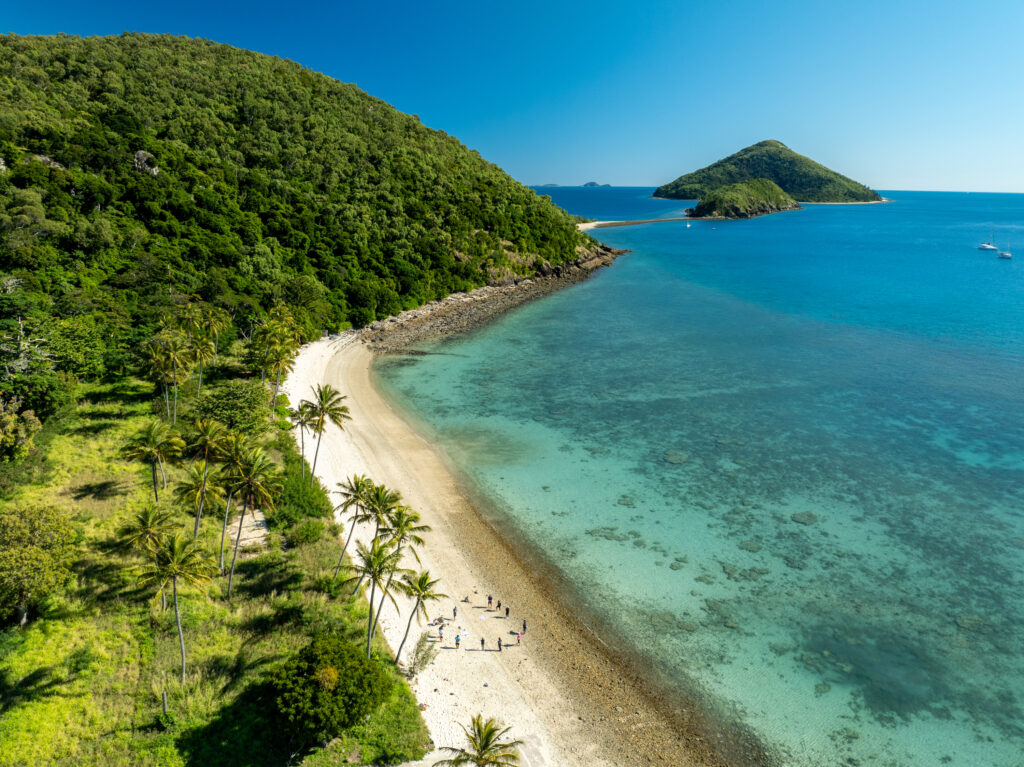
South Molle Island
Exploring South Molle Island: A Hidden Gem with Rich Indigenous Heritage Nestled in the heart of Queensland’s Whitsunday Archipelago, South Molle Island stands as a serene escape that blends natural beauty with a deep cultural heritage. While its lush landscapes and pristine beaches are captivating, the island also holds significant Indigenous history that enriches its […]
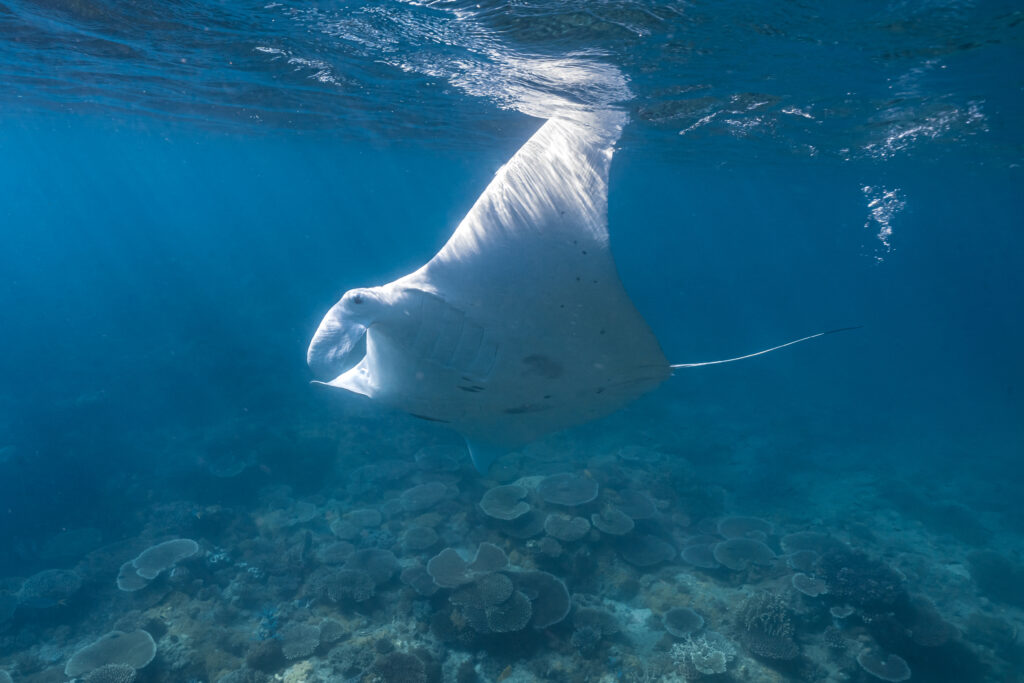
Manta Rays and Project Manta
Manta Rays and Project Manta: Guardians of the Whitsundays In the crystal-clear waters of the Whitsunday Islands, a natural marvel glides gracefully beneath the surface: the manta rays. These majestic creatures, known for their impressive wingspans and gentle demeanor, have captured the fascination of marine biologists and eco-tourists alike. Central to understanding and protecting these […]
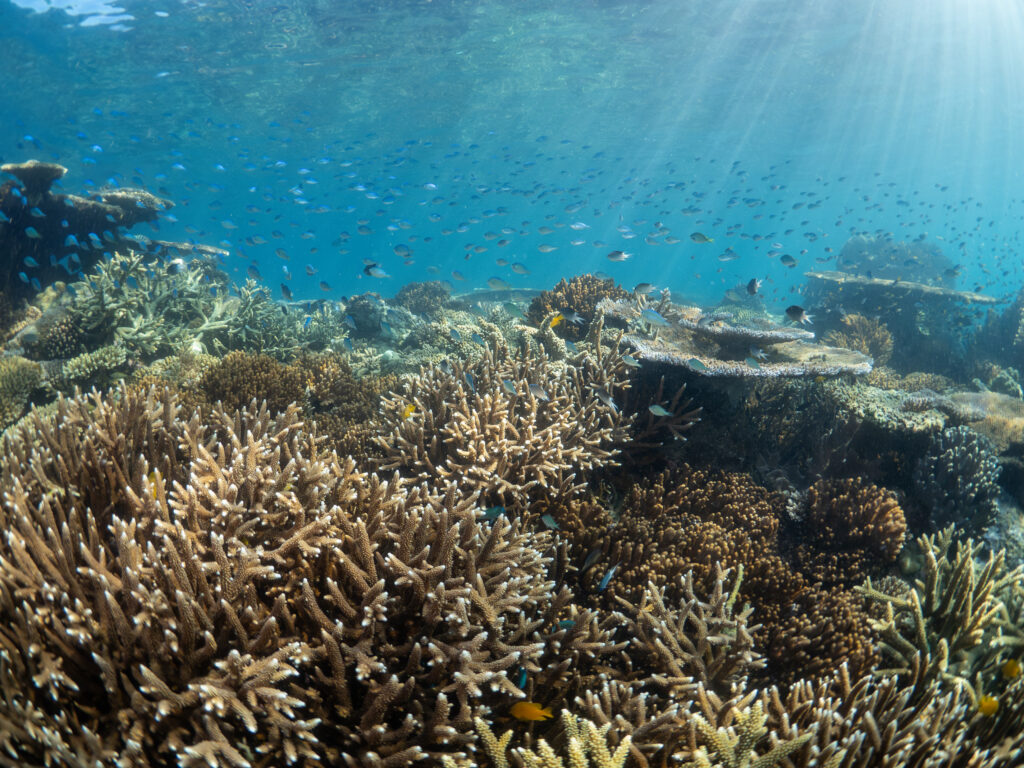
07.04.24 – Chromis Fish
Exploring the Charm of Chromis Fish Chromis fish, often regarded as one of the jewels of the reef, captivate aquarium enthusiasts and marine biologists alike with their vibrant colours and lively behaviour. These small, schooling fish belong to the family Pomacentridae and are widely admired for their striking appearance and relatively easy care requirements. Appearance […]
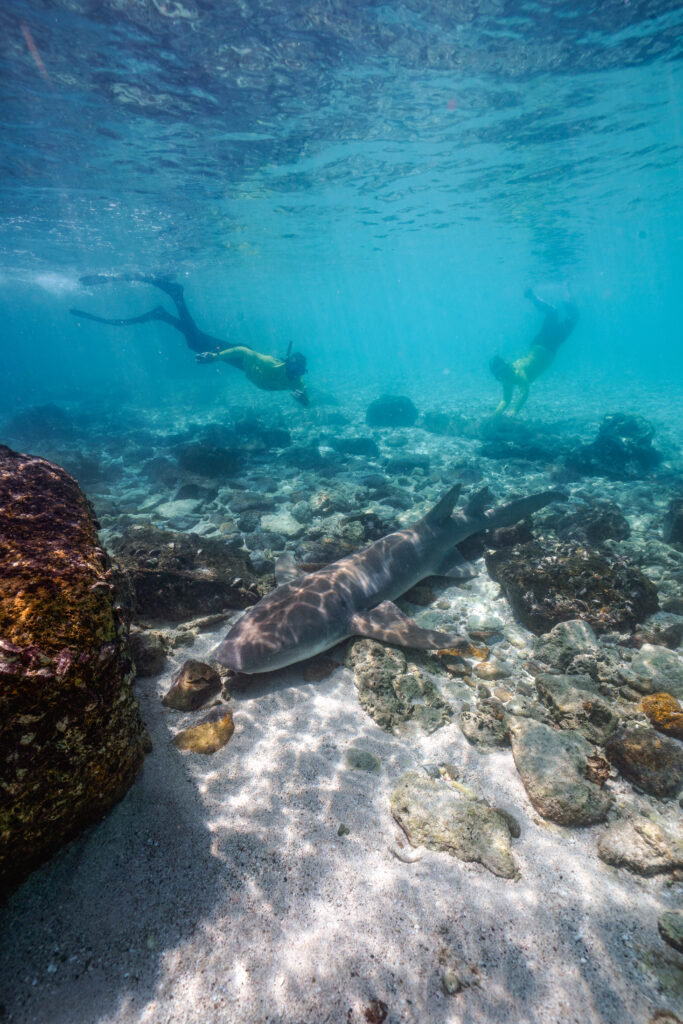
11.01.24 – Tawny Nurse Shark
Exploring the Enigmatic Tawny Nurse Shark IntroductionRecently on one of our Reef Protection Trips our crew stumbled across this rare beauty. The Tawny Nurse shark (Nebrius ferrugineus) stands out as an enigmatic species that captivates marine enthusiasts and scientists alike. Let’s delve into the intriguing world of the tawny nurse shark, uncovering its characteristics, habitat, […]

